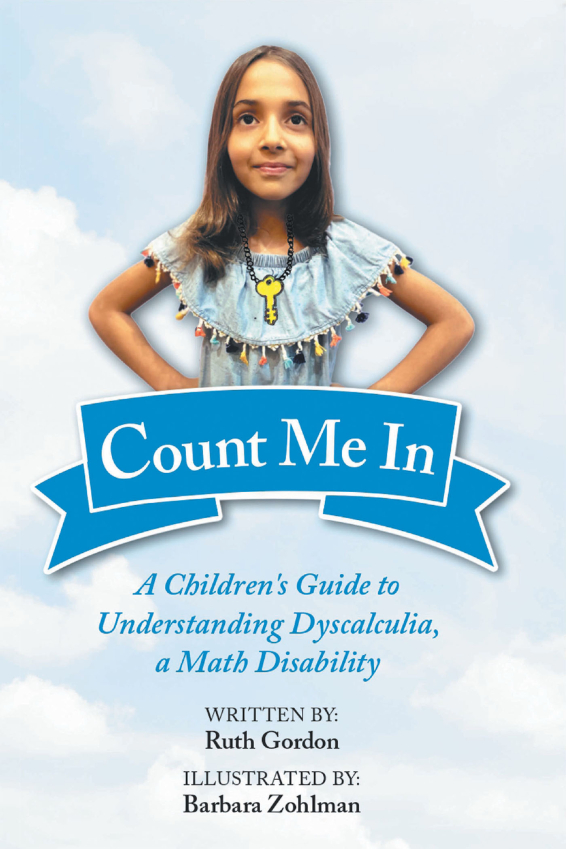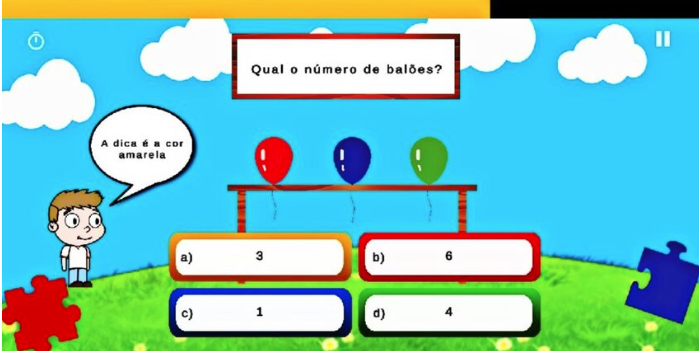Individualized Education Programs (IEPs) are much more than just a legal requirement or a document to check off on a list. They are a tool for empowering students with disabilities or special needs to reach their full potential and achieve their dreams. IEP teachers, from the IEP team, have the unique opportunity to make a real difference in the lives of these students and to create a plan that truly meets their individual needs.
At the heart of the IEP process is collaboration and partnership between teachers and parents. They bring their expertise and experience to the table, but it is the parents who have the deepest understanding of their child’s strengths, challenges, and unique needs. By working together, teachers can create a plan that takes into account the whole child – their academic goals, social and emotional needs, and dreams for the future, which can then be documented in an IEP organizer for better understanding.
Parents are the ultimate advocate for their child, and their involvement in the IEP process is essential. They know their child best, and their input can make all the difference in creating a plan that truly reflects their needs and aspirations. By partnering with the child’s teacher, they can ensure that the plan is individualized, effective, and designed to support their child’s growth and success.
Ultimately, the IEP is about giving every student the opportunity to thrive, to learn, and to achieve their full potential. It requires dedication, collaboration, and a deep commitment to meeting the unique needs of each and every student. IEP teachers and parents have the power to make a real difference in the lives of these students – and that is something truly special and meaningful.
Key responsibilities of teachers in developing and implementing effective IEPs
1. Develop Individualized Education Plans (IEPs) for students with disabilities:
The primary responsibility of an IEP teacher is to develop individualized education plans (IEPs) for students with disabilities. This involves assessing the student’s needs, setting goals and objectives, and outlining a plan for how those goals will be achieved.
2. Coordinate with other educators and service providers:
IEP teachers must work collaboratively with other educators, administrators, and service providers to ensure that students with disabilities receive the support they need to succeed in school.
3. Monitor and track student progress:
IEP teachers must monitor and track the progress of each student with a disability, and make adjustments to the IEP as needed to ensure that the student is making adequate progress towards their goals.
4. Provide specialized instruction:
IEP teachers must provide specially designed instruction to students with disabilities to help them achieve their educational goals. This may involve using different teaching strategies, accommodations, or modifications to the curriculum.
5. Implement accommodations and modifications:
IEP teachers must ensure that accommodations and modifications outlined in the IEP are implemented in the classroom and that the student is receiving the support they need to succeed.
6. Communicate with parents and guardians:
IEP teachers must communicate regularly with parents and guardians to provide updates on student progress and discuss any concerns or issues that may arise.
7. Attend IEP meetings:
IEP teachers must attend IEP meetings to review and revise the student’s individualized education plan as needed. Parents and teachers can also keep a meeting checklist ready for the same.
8. Stay up-to-date on best practices:
IEP teachers must stay current on best practices in special education and disability services and continually seek out professional development opportunities to improve their skills and knowledge.
9. Advocate for students with disabilities:
IEP teachers must advocate for the rights and needs of students with disabilities, and work to ensure that they receive the support and resources they need to succeed. Furthermore, by following a few steps, IEP team members can also become IEP advocates, to protect the rights of the kids.
10. Maintain accurate records:
IEP teachers must maintain accurate records of student progress, IEP meetings, and any accommodations or modifications that have been implemented.
Parental responsibility in supporting IEP goals
1. Ensuring a safe and healthy home environment:
Parents have the responsibility to provide a safe and healthy home environment for their children, including a clean and safe living space, proper nutrition, and access to healthcare.
2. Providing emotional support:
Parents must provide emotional support for their children, including listening to their concerns, being available to talk, and providing encouragement and positive reinforcement.
3. Setting expectations and boundaries:
Parents must set clear expectations and boundaries for their children, including rules for behavior and consequences for breaking those rules.
4. Advocating for their child:
Parents must advocate for their child’s needs and rights, including communicating with teachers and school administrators, seeking support and resources when needed, and participating in the development of their child’s Individualized Education Plan (IEP) if necessary.
5. Providing opportunities for socialization:
Parents must provide opportunities for their children to socialize and interact with peers, including arranging playdates, encouraging participation in community activities, and supporting their child’s friendships.
6. Encouraging healthy habits:
Parents must encourage their children to develop healthy habits, including regular exercise, proper nutrition, and good hygiene practices.
7. Observe the child:
By the end of the school year, the parents will observe their child at home and provide the educator with weekly updates on the child’s progress toward the goal of increasing reading fluency.
8. Keep a behavior log:
Parents have to maintain a log of their child’s behavior at home and share it with the educator on a monthly basis to support the goal of improving social skills and emotional regulation. They can also employ behavior-tracking apps to easily maintain and keep records of the students.
9. Collaboration on home-based reinforcement plan:
The parents collaborate with the educator to develop and implement a home-based reinforcement plan to support the goal of increasing the completion of homework assignments.
10. Attend meetings:
The parents will attend regular meetings with the educator to review their child’s progress toward IEP goals and provide input on modifications or adjustments to the plan as needed.
11. Regular communication:
The parents will work with the educator to establish and maintain a system for ongoing communication about their child’s progress and any concerns or issues that arise. For the same, some effective parent-teacher communication apps for regular updates can come in handy.
12. Share information:
Parents should provide educators with information about their child’s strengths, weaknesses, and needs. Parent’s know their child better than anyone and they can pinpoint the areas that others may not have observed.
13. Attend IEP meetings:
It’s important for both parents and educators to attend IEP meetings and participate in the decision-making process. This ensures that everyone’s perspective is taken into account and that the plan is tailored to the student’s needs.
By working collaboratively, parents and educators can create a more effective IEP that supports the success of students with special needs.
Importance of collaboration between teachers and parents
Collaboration between teachers and parents is crucial for the success of a student’s education. Here are some reasons why:
- Sharing Information: Parents and teachers both have valuable information about the student’s strengths, weaknesses, interests, and needs. Collaborating and sharing this information can help to create a more complete picture of the student, allowing for better support and understanding.
- Creating a Consistent Approach: When teachers and parents collaborate, they can create a consistent approach to supporting the student. This can include shared goals, expectations, and strategies for addressing academic and behavioral challenges.
- Supporting Learning at Home: Teachers can provide parents with resources and ideas for supporting their child’s learning at home, while parents can provide teachers with insight into their child’s home life and routines.
- Building Trust: Collaborating with parents can help to build trust and open lines of communication between teachers and families. This can make it easier to work together to support the student’s academic and social-emotional growth.
- Supporting Students with Special Needs: For students with special needs, collaboration between teachers and parents is even more critical. Working together to develop and implement an Individualized Education Plan (IEP) can help to ensure that the student’s needs are being met both at home and in the classroom.
Collaboration between teachers and parents is essential for creating a supportive and effective learning environment for students. By working together, teachers and parents can better understand and address the needs of the student, leading to improved academic and social-emotional outcomes.
Collaboration between teachers and parents: Benefits and challenges
Collaboration between teachers and parents is a critical component of student success.
One of the primary benefits of collaboration between teachers and parents is enhanced student learning. When teachers and parents work together, they gain a more comprehensive understanding of the student’s needs, which can lead to more targeted support and interventions. Collaborative efforts can also help to create a consistent approach to supporting the student’s academic and behavioral needs, which can enhance learning outcomes.
Effective collaboration can also lead to improved communication between teachers and parents. When lines of communication are open, parents are more likely to feel informed and engaged in their child’s education. This can lead to increased parental involvement and support, which can have a positive impact on student achievement.
Collaboration can also facilitate problem-solving. When teachers and parents work together, they can leverage their unique perspectives and expertise to identify solutions to academic or behavioral challenges. This can lead to more effective and tailored interventions, which can ultimately improve outcomes for the student.
However, effective collaboration between teachers and parents is not without its challenges. One of the most significant challenges is time constraints. Teachers and parents may have busy schedules that make it difficult to find time to collaborate effectively. Additionally, differing perspectives on the student’s needs can lead to disagreements or misunderstandings.
Limited resources can also pose a challenge to effective collaboration. Schools may not have the resources to support collaborative efforts, such as technology or training programs. Language and cultural barriers can also be a challenge, particularly in diverse communities.
Finally, confidentiality concerns must be carefully managed to ensure that student information is protected while still allowing for effective collaboration.
While there are challenges to effective collaboration, it is proven when teachers and parents work together, students are more likely to achieve academic success, attend school regularly, and exhibit positive behavior. By recognizing and addressing these challenges, schools can create a more supportive and effective educational environment for all students.
Conclusion
In conclusion, the responsibility of an IEP (Individualized Education Program) teacher is to work collaboratively with parents and other professionals to develop and implement an effective educational plan for students with disabilities. The teacher must have a deep understanding of the student’s strengths and needs, as well as the goals set for their academic, social, and emotional development. Effective communication with parents is also an essential aspect of the teacher’s responsibilities.
Parents play a critical role in their child’s education by actively participating in the IEP process. They are responsible for providing accurate and comprehensive information about their child’s abilities and needs, collaborating with the IEP team to set meaningful goals, and actively participating in the implementation of the educational plan. Additionally, parents should communicate regularly with the IEP team and provide feedback on their child’s progress.
In short, the partnership and collaboration between the IEP teacher and parents are crucial in ensuring the success of students with disabilities. Both parties must work together to create a supportive learning environment that meets the student’s unique needs, promotes academic and personal growth, and empowers them to reach their full potential.




